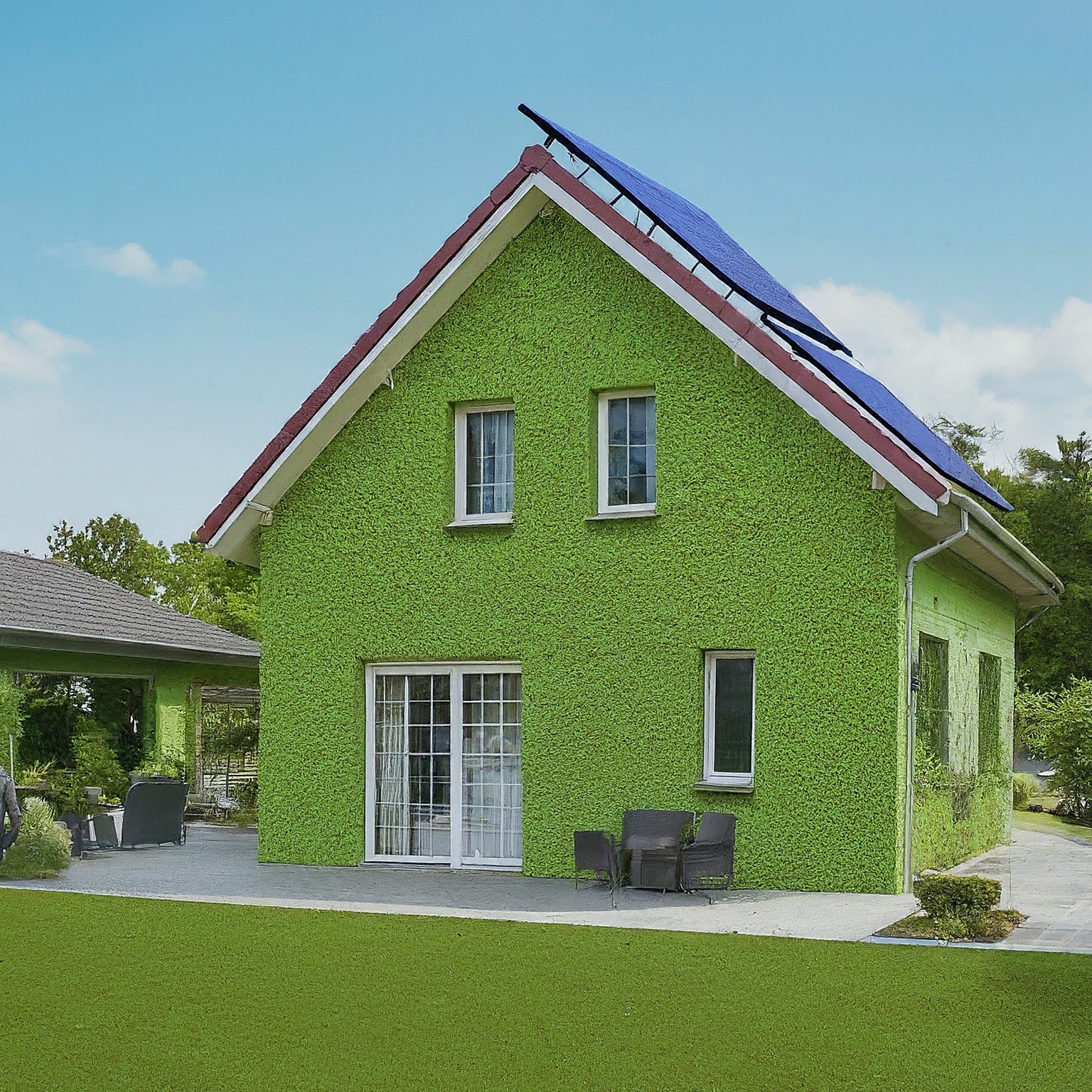
In an era where environmental concerns are at the forefront of global discourse, the real estate industry is undergoing a transformative shift towards sustainability. This evolution is not just a trend; it’s a necessary response to the urgent need for eco-friendly and energy-efficient living spaces. As the demand for sustainable real estate grows, innovative practices and technologies are reshaping the way we build and live. In this blog post, we explore the key trends and innovations driving the rise of sustainable real estate.
The Growing Demand for Sustainable Real Estate
Several factors are fueling the demand for sustainable real estate:
- Environmental Awareness: Increasing awareness of climate change and environmental degradation is driving consumers to seek eco-friendly housing options.
- Health and Well-being: Sustainable buildings often provide better air quality, natural light, and access to green spaces, which enhance residents’ health and well-being.
- Economic Benefits: Energy-efficient homes reduce utility costs, and sustainable buildings often have higher property values and lower maintenance expenses.
Key Trends in Sustainable Real Estate
- Green Building Certifications
- Certifications such as LEED (Leadership in Energy and Environmental Design), BREEAM (Building Research Establishment Environmental Assessment Method), and WELL Building Standard are becoming benchmarks for sustainable construction. These certifications ensure that buildings meet high environmental and health standards.
- Energy-Efficient Design
- Modern sustainable buildings incorporate energy-efficient appliances, lighting, and HVAC systems. They also use insulation and passive solar design principles to reduce energy consumption.
- Renewable Energy Integration
- Solar panels, wind turbines, and geothermal systems are increasingly being integrated into building designs. These renewable energy sources reduce reliance on non-renewable energy and lower carbon footprints.
- Sustainable Building Materials
- The use of recycled, reclaimed, and eco-friendly materials is on the rise. Materials like bamboo, reclaimed wood, and Compressed Stabilized Earth Blocks (CSEB) are popular choices for their low environmental impact.
- Water Conservation
- Water-saving fixtures, rainwater harvesting systems, and drought-resistant landscaping are essential components of sustainable real estate. These measures help reduce water consumption and manage resources efficiently.
- Smart Home Technologies
- Smart thermostats, lighting controls, and energy management systems enhance the efficiency of homes. These technologies allow residents to monitor and control their energy usage remotely, promoting sustainable living practices.
Innovations Shaping Sustainable Real Estate
- Building Information Modeling (BIM)
- BIM is revolutionizing the design and construction process. This digital tool allows for precise planning, efficient resource use, and better collaboration among stakeholders, leading to more sustainable outcomes.
- Prefabrication and Modular Construction
- Prefabricated and modular buildings are constructed off-site, reducing waste and improving efficiency. These methods also shorten construction times and lower costs.
- Green Roofs and Walls
- Green roofs and living walls are not only aesthetically pleasing but also provide insulation, reduce heat island effects, and improve air quality.
- Zero-Energy Buildings
- Zero-energy buildings are designed to produce as much energy as they consume. Through a combination of renewable energy sources and energy-efficient technologies, these buildings achieve net-zero energy consumption.
- Circular Economy Principles
- The circular economy approach emphasizes the reuse and recycling of materials. In construction, this means designing buildings that can be easily disassembled and repurposed, reducing waste and conserving resources.
Case Study: The ABUNDENSE Project
The ABUNDENSE project is a prime example of how sustainable real estate practices are being implemented. This development focuses on energy-efficient designs, renewable energy sources, and smart home technologies to create eco-friendly living spaces. The project also emphasizes community well-being with features like community gardens, recreational areas, and regular events.
By integrating these sustainable elements, ABUNDENSE not only minimizes its environmental footprint but also enhances the quality of life for its residents. This project serves as a model for future developments aiming to balance ecological responsibility with economic and social benefits.
Conclusion
The rise of sustainable real estate is a testament to the industry’s commitment to addressing environmental challenges. As innovative technologies and practices continue to emerge, the future of real estate looks greener and more sustainable. By embracing these trends, we can create living spaces that not only meet our present needs but also preserve the planet for future generations. The journey towards sustainability is ongoing, and every step forward brings us closer to a healthier, more resilient world.

One response
Hi, this is a comment.
To get started with moderating, editing, and deleting comments, please visit the Comments screen in the dashboard.
Commenter avatars come from Gravatar.